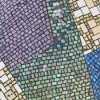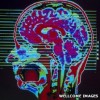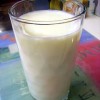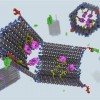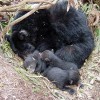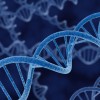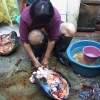Some Cells Have 23 Chromosomes
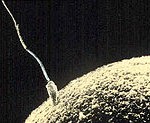 It is a game of chance! With one spin of a wheel, X and Y chromosomes, represented by pink (X) and green ping-pong balls (Y), are passed from each parent to a child. When the wheel stops, the baby is either a boy or a girl – depending on which chromosomes were inherited. It is a simple, yet powerful tool that demonstrates basic chromosomal inheritance. It is easy to see that every time the wheel is spun, there is a 50/50 chance of having a boy or a girl.
It is a game of chance! With one spin of a wheel, X and Y chromosomes, represented by pink (X) and green ping-pong balls (Y), are passed from each parent to a child. When the wheel stops, the baby is either a boy or a girl – depending on which chromosomes were inherited. It is a simple, yet powerful tool that demonstrates basic chromosomal inheritance. It is easy to see that every time the wheel is spun, there is a 50/50 chance of having a boy or a girl.
Demonstrations with this wheel have led to some very interesting student responses and questions. I have been accosted in the museum by students who believe that the wheel has actually predicted what gender their children will be, and even how many they will have! This has led me to beat them to the punch during my demonstration, by explaining that the wheel is not a predictor of the future!
I have also been asked by concerned 10-year-olds, how much DNA their parents could possibly have left over after having 4 children? This one is a favorite of mine. When you really think about it, that thought makes perfect sense. Unless you’ve learned about meiosis and sex cells, how would you know that there are special cells, each containing extra copies of the genetic information to be passed on to children? In avoidance of these “uncomfortable” topics, some children are somewhat mislead when they begin learning about inheritance.
When I work with 5th graders and discussions of 46 chromosomes per cell come up, I always add that some cells have no DNA (mature red blood cells) and some cells have only 23 chromosomes. Inevitably, someone will ask why, and if they don’t I do! There are special cells that are used for reproduction, and when two of these cells unite, from a mother and a father, a full set of chromosomes is created. Covering this basic concept without the burden of meiosis, is perfectly suitable for 10-year-olds, and eliminates confusion.o
| Print article | This entry was posted by Amanda McBrien on November 25, 2009 at 11:58 am, and is filed under DNA From The Beginning. Follow any responses to this post through RSS 2.0. You can skip to the end and leave a response. Pinging is currently not allowed. |


